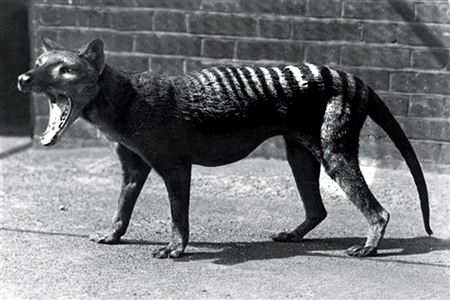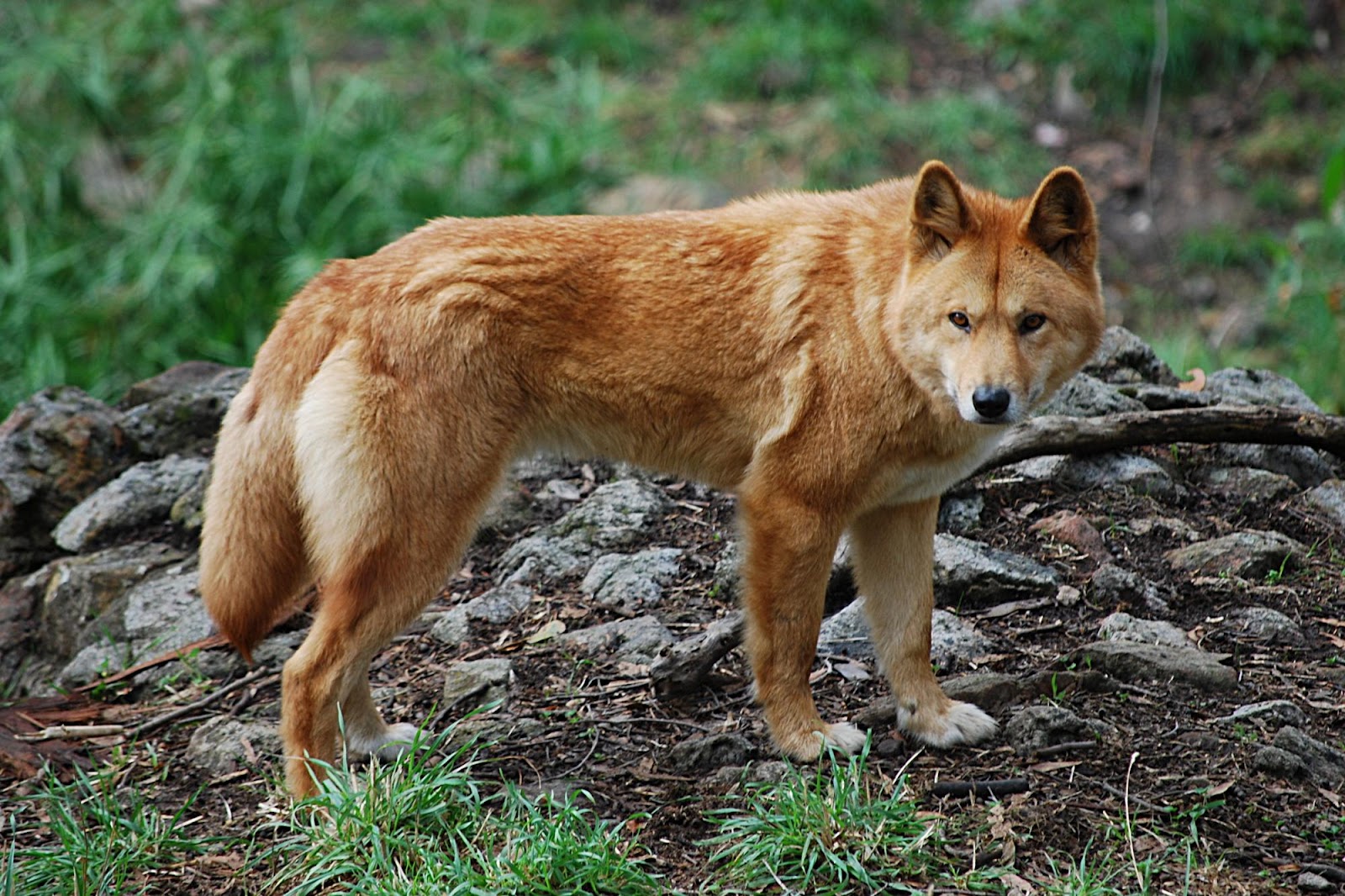

To support the ecological role of the wild dog, the level of control will be restricted by limiting the amount of baits available for each property on an annual basis. Land managers in this zone should limit wild dog control activities to areas where wild dog impacts on livestock and public safety are likely. Outside the Dog Fence in South Australia, wild dogs/dingoes are neither specifically protected or declared but are acknowledged for their cultural significance and the ecological role they play in the environment. Wild dogs present a real threat to sheep grazing, the predominant livestock industry in this area. Inside the Dog Fence in South Australia, wild dogs/dingoes are a declared pest under South Australia's Natural Resources Management Act 2004. The Guidelines set a benchmark for land managers and the Board to assess community efforts to control wild dogs. The Guidelines were developed following discussion and feedback from land managers and LAPs over a number of years and are a reference tool for the best methods to control wild dogs based on an integrated management approach coordinating baiting, trapping and shooting along with monitoring. In October 2017, the SA Arid Lands NRM Board released its Best Practice Guidelines for Wild Dog Control which are endorsed by Livestock SA. The results will be used to guide the future direction of the program.Īll responses have been collated in a survey report, which is available here. This 10-year Biteback report delivers data showing trends including increased landholder participation in wild dog control over that time, with a significant improvement in landholder participationĪ Biteback survey sent to landholders inside the Dog Fence and in the Buffer Zone of the SA Arid Lands Region looked at landholder experiences, control needs and expectations of the program. The Board has been working in partnership with the South Australian Sheep Advisory Group to deliver the Biteback wild dog control program to support the sheep industry in the rangelands since 2009 The Biteback program is managed by NRSAAL and funded by the SA Sheep Industry Fund, Australian Wool Innovation and the Regional (land-based) NRM levy administered by NRSAAL on behalf of the SA Arid Lands Natural Resources Management Board.


Relative susceptabilities of non-target species from 1080.Land managers with similar geography and land systems are encouraged to work together in cooperative groups via the development of Biteback groups sharing integrated best-practice control methods that include ground baiting (1080), trapping and shooting to reduce wild dog impacts.īiteback provides land managers with a bi-annual 1080 bait-mixing services, year round access to manufactured baits, access to a trap loan service and offers its Biteback groups advice on future management, upcoming technologies, and interstate developments. There are thirty-nine sub-species of the wolf which include the Arctic, Red, Eastern, African, Arabian, and Indian wolf, and all domestic dog breeds originate from the common ancestor, the Eurasian Grey Wolf.Since 2009, the SA Arid Lands Natural Resources Management Board, has coordinated the Biteback program to assist regional land managers inside the fence with best practice control for wild dogs, to co-ordinate a landscape-scale approach to control methods, and to impact on the wild dog population inside the fence. Wolf – the Grey Wolf is the largest canid species, native to the wilderness areas of Eurasia and North America. Members takes the form of growls, howls, barks, and yelps. They have excellent sight and hearing skills, and communication between pack Toes on each front foot and four on each back foot. While meat is an intrinsic part of their diet, most are in fact omnivorous and many live and hunt in packs.Īre characterised by long legs, long pointed snouts, and padded feet with five They are built for endurance as opposed to speed, and kills are most often made by grabbing the prey and shaking it to break the neck. There are, in all, thirty-six species of wild canid worldwide. Wild dog ( canid) species are found worldwide, in forests, deserts, and arctic locations, on every continent except Antarctica. While your faithful furry friend loves cuddles, playtime, and even going to doggie daycare, his wild cousins are amongst the world’s most dangerous predators, second only to the big cats of the wild.


 0 kommentar(er)
0 kommentar(er)
